A New Survey Provides Valuable Insights About Global News Consumption

The way news is consumed has experienced profound shifts. Insights gleaned from YouGov Global Profiles, encompassing 48 international markets, reveal that television remains a prevailing conduit for news, embraced by 55% of global respondents as their trusted source of updates.
Television's dominion is especially conspicuous in Denmark, where an astonishing 66% of the populace favors this traditional medium for staying informed. Sweden closely trails with 63%. Conversely, the MENA region charts the lowest TV news consumption rates, with UAE and Saudi Arabia at 39% and 40% respectively. Across North America, nearly half of the population in the US and Canada (52% and 54% respectively) continue to tune in to television for their daily dose of news.
The impact of social network websites has surged, captivating the attention of 47% of global respondents. Leading this category is Singapore, where a significant 54% turn to social networks for their news fix, surpassing the share who opt for television (42%). However, this preference takes a dip to approximately one-fourth in countries like Great Britain (26%), Denmark (25%), and Sweden (28%).
Approximately 38% of respondents globally opt for news apps on mobile devices or tablets to satiate their hunger for information. However, this choice garners less enthusiasm in countries such as the USA (27%), Canada (28%), Great Britain (28%), and Australia (27%). In contrast, newspaper websites draw in around a third of consumers in these markets, aligning closely with the global average (35%). Denmark (50%) and Sweden (63%) take the lead with the highest proportion of consumers seeking news from newspaper websites.
Independent news websites attract the attention of 27% of global respondents. The US holds the lead in this category (30%), followed closely by Denmark (28%). Despite the strides in the digital realm, printed newspapers continue to hold their ground, with 26% of global respondents expressing a preference for them. Urban Indians standout with a noteworthy 56% relying on printed newspapers. Around a third of consumers in Great Britain (31%) and Sweden (30%) also share this preference. Conversely, consumers in the USA and Saudi Arabia are least inclined to opt for printed newspapers as their news source (19% each).
Radio continues to be a reliable news source for a substantial segment in some markets. In Sweden (46%), Denmark (44%), Australia (40%), Canada (38%), and Great Britain (37%), approximately two-fifths of consumers turn to radio for their news. Radio is slightly more popular than the global average (25%) in the US (28%) and Singapore (27%). However, it's less favored in markets like Saudi Arabia (18%) and India (17%).
Digital magazine apps and online magazines attract fewer than two in ten global respondents (17% and 15% respectively). The digital era's impact on traditional print media is apparent, with only around one in ten global respondents turning to printed magazines (10%) for news.
Email newsletters and RSS feeds are the choice of 11% of global respondents, with higher usage in Saudi Arabia (18%) and UAE (16%). Blogs not affiliated with major media organizations attract 9% of global respondents, with UAE (13%), Saudi Arabia (12%), and India (11%) leading. The inclination towards this source is lower in Canada (3%), Great Britain (3%), and Australia (5%). Lastly, podcasts, a relatively new medium, are used by around 11% of global respondents for news consumption, with a more pronounced preference in the US (14%) and Sweden (12%).
Radio remains a steadfast pillar of news consumption for a substantial portion of certain markets. In Sweden (46%), Denmark (44%), Australia (40%), Canada (38%), and Great Britain (37%), approximately two-fifths of consumers turn to radio to quench their news appetite. Radio slightly outpaces the global average (25%) in popularity in the US (28%) and Singapore (27%). However, it takes a backseat in markets like Saudi Arabia (18%) and India (17%).
The allure of digital magazine apps and online magazines is less pronounced, capturing the attention of fewer than two in ten global respondents (17% and 15% respectively). The digital era's impact on traditional print media is undeniably evident, with merely around one in ten global respondents opting for printed magazines (10%) to satisfy their news needs.
Email newsletters and RSS feeds are the preference of 11% of global respondents, with a higher adoption in Saudi Arabia (18%) and UAE (16%). Blogs not aligned with major media organizations garner the interest of 9% of global respondents, with UAE (13%), Saudi Arabia (12%), and India (11%) leading the pack. This inclination is lower in Canada (3%), Great Britain (3%), and Australia (5%). Lastly, podcasts, a relatively novel medium, are embraced by approximately 11% of global respondents for their news consumption, with a more pronounced leaning in the US (14%) and Sweden (12%).
